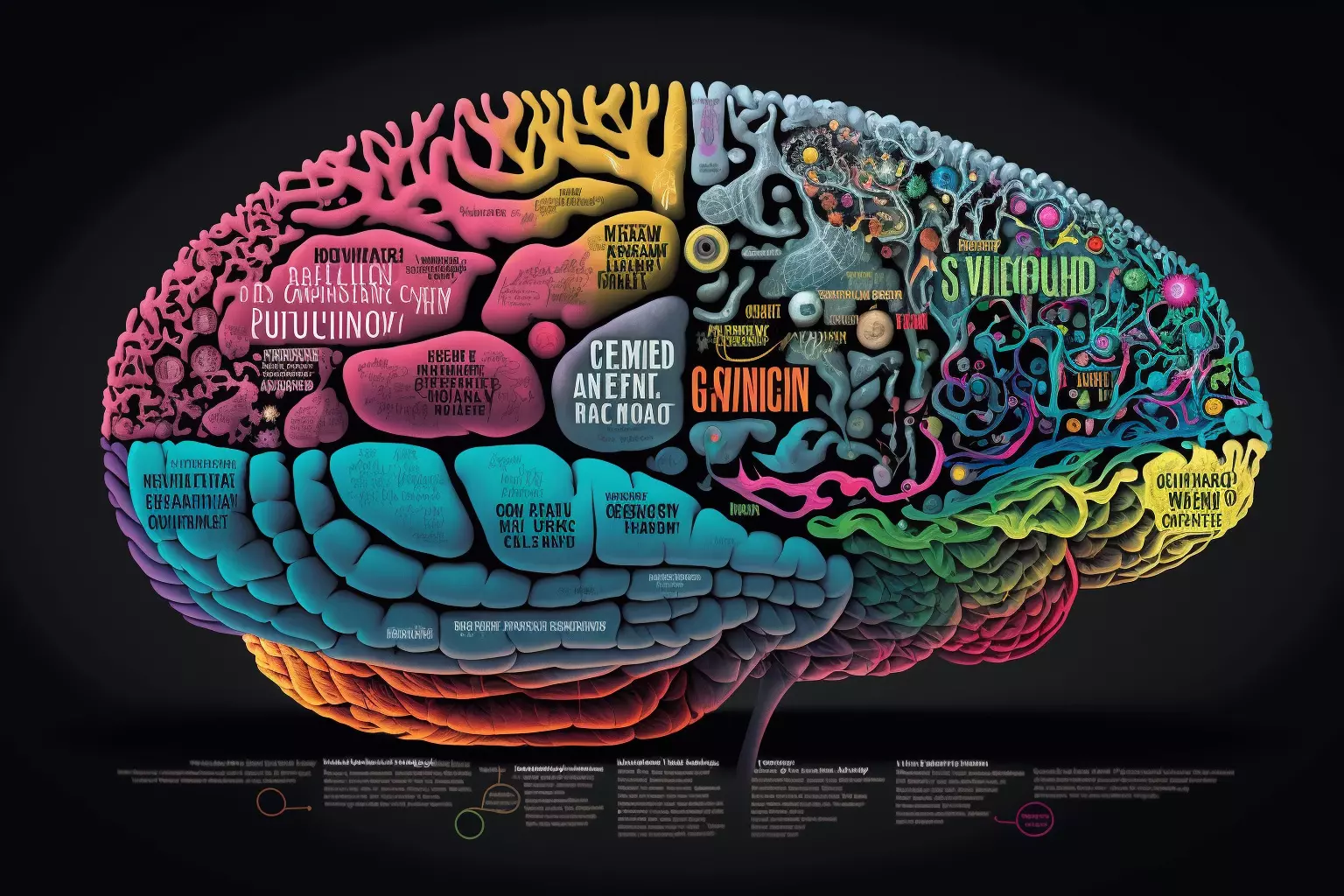
Principles of ChatGPT Simplified: How Does It Work?
History of ChatGPT
The idea behind ChatGPT dates back to the early days of deep learning and neural networks. Researchers had been working on language models for many years but had struggled to develop models that could generate human-like responses to text prompts. It changed in 2017, with the introduction of the transformer architecture and the publication of the seminal paper “Attention Is All You Need” by Vaswani et al.
The transformer architecture was a breakthrough in natural language processing, allowing models to process and analyze multiple input data sequences simultaneously. It opened up new possibilities for language modeling, including developing the GPT (Generative Pre-trained Transformer) architecture.
OpenAI released the original GPT model in 2018 with 117 million parameters. It was pre-trained on a large corpus of text data, using unsupervised learning, and could generate human-like responses to a wide range of text prompts.
In 2019, OpenAI released an even larger version of the GPT model, called GPT-2, which had 1.5 billion parameters. This model was trained on an even larger dataset of text data and could generate even more sophisticated, nuanced responses to text prompts.
The release of GPT-2 caused significant attention and controversy, as some researchers expressed concerns about the potential misuse of the technology. In response, OpenAI initially limited access to the model and released it in stages, starting with smaller versions and gradually releasing larger versions over time.
In 2020, OpenAI released a new and even larger model version, GPT-3, with 175 billion parameters. This model has become incredibly popular for its remarkable performance on a wide range of NLP tasks and has generated significant interest and investment in the field.
ChatGPT generation process explained
It’s undoubtedly exciting to trace the process of ChatGPT text generation. In this brief overview of such an extensive technology as ChatGPT, we tried to explain its working principle as simply as possible. You can read a more detailed analysis in this source.
The latest technology algorithm includes the following steps:
- Step 1. The user inputs a text prompt. For example, the user might input the text prompt “What is the weather like today?”
- Step 2. The tokenizer preprocesses the input text and breaks it down into smaller units of meaning called tokens. For example, the text prompt “What is the weather like today?” breaks into the following tokens: “What,” “is,” “the,” “weather,” “like,” “today,” and “?”.
- Step 3. The tokenized input text goes through the encoder, which generates a set of hidden representations that capture the meaning and context.
- Step 4. The hidden representations generated by the encoder are passed through the decoder, which generates a sequence of output tokens based on the input and the previous output tokens. For example, the decoder might generate the output tokens “It,” “is,” “sunny,” “and,” “warm,” and “!” in response to the input text prompt “What is the weather like today?”
- Step 5. The output tokens are passed through the output layer, which applies a softmax function to generate a probability distribution over the possible output tokens.
The token with the highest probability is selected as the next output token. This process repeats until the model generates a stopping signal (e.g., an end-of-sentence token) or a maximum length is reached.
For example, suppose the model generates the following output tokens: “It,” “is,” “sunny,” “and,” “warm,” “!”. The output layer applies the softmax function to generate a probability distribution over the possible output tokens:
| Token | Probability |
| It | 0.05 |
| is | 0.05 |
| sunny | 0.15 |
| and | 0.20 |
| warm | 0.25 |
| ! | 0.35 |
The probability distribution indicates that the most likely output token is “!” with a probability of 0.35, followed by “warm” with a probability of 0.25, and so on. The model selects the token with the highest probability as the next element in the output sequence.
- Step 6. The final sequence of output tokens is returned as the model’s response to the input prompt. For example, the model might return the response “It is sunny and warm today!” to the input text prompt “What is the weather like today?”
A post-processing step, such as de-tokenization, may further process the response to convert the output tokens back into natural language text. For example, the output sequence “It is sunny and warm today!” might be de-tokenized into the natural language text “It is sunny and warm today!”
- Step 7. The response is presented to the user, who can read and interact with the model through the chat interface. For example, the user might see the response “It is sunny and warm today!” displayed on their screen, and they can continue the conversation with the model by providing more input prompts.
What’s next?
Since its initial release, ChatGPT has already undergone several updates and improvements. However, several potential strategies could be pursued to develop further and advance the technology. Here are some possible directions:
- Scaling up the ChatGPT model by increasing the size and complexity of the architecture and the amount of training data used. It could enable the model to generate even more sophisticated prompts and expand its range of applications.
- Focusing on specific domains, such as medicine, law, or finance. By training the model on specialized datasets, it may be possible to create more targeted and effective language models for specific industries.
- Improving performance on specific tasks, such as NLP tasks for language translation or text summarization, to generate more human-like responses to text prompts.
- Enhancing explainability to demonstrate how the model arrives at its answers or predictions. By developing new techniques for interpreting and explaining the model’s internal processes, it may be possible to improve its transparency and trustworthiness.
- Exploring new applications for more natural language processing, such as virtual reality, augmented reality, and the IoT.
Overall, the future strategy for ChatGPT is to continue to push the boundaries of natural language processing and develop new and innovative ways to apply the technology to real-world problems. By staying at the forefront of research and development, ChatGPT can continue to be a valuable and transformative tool for many industries and fields.
